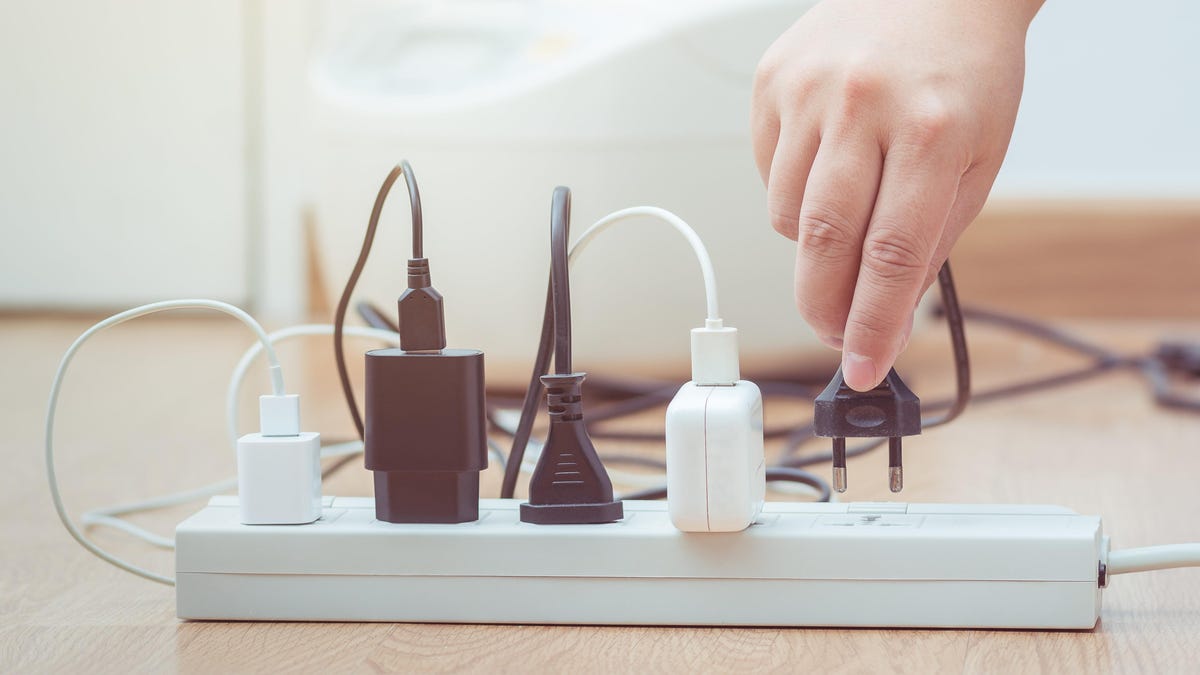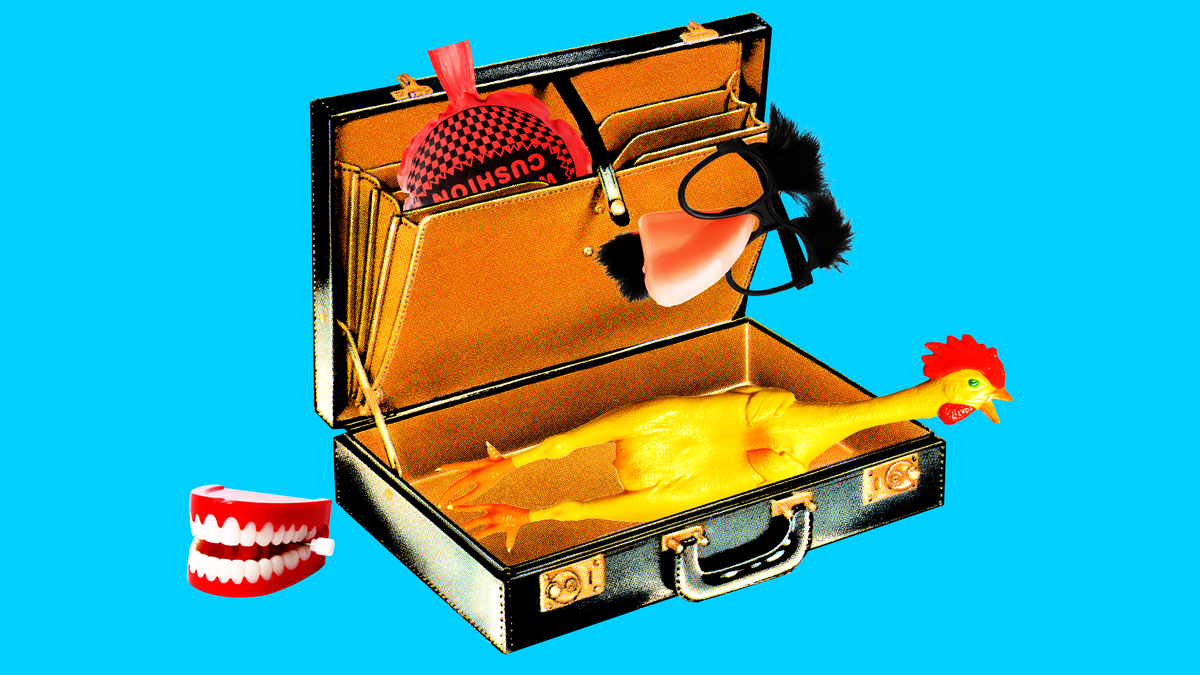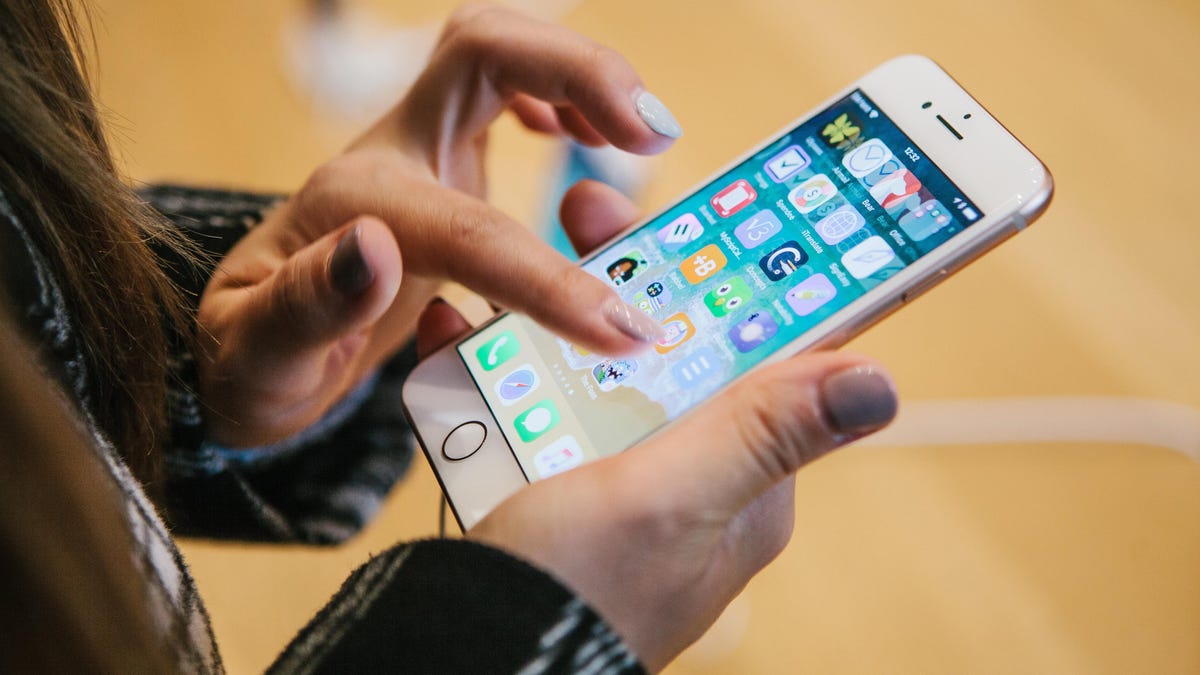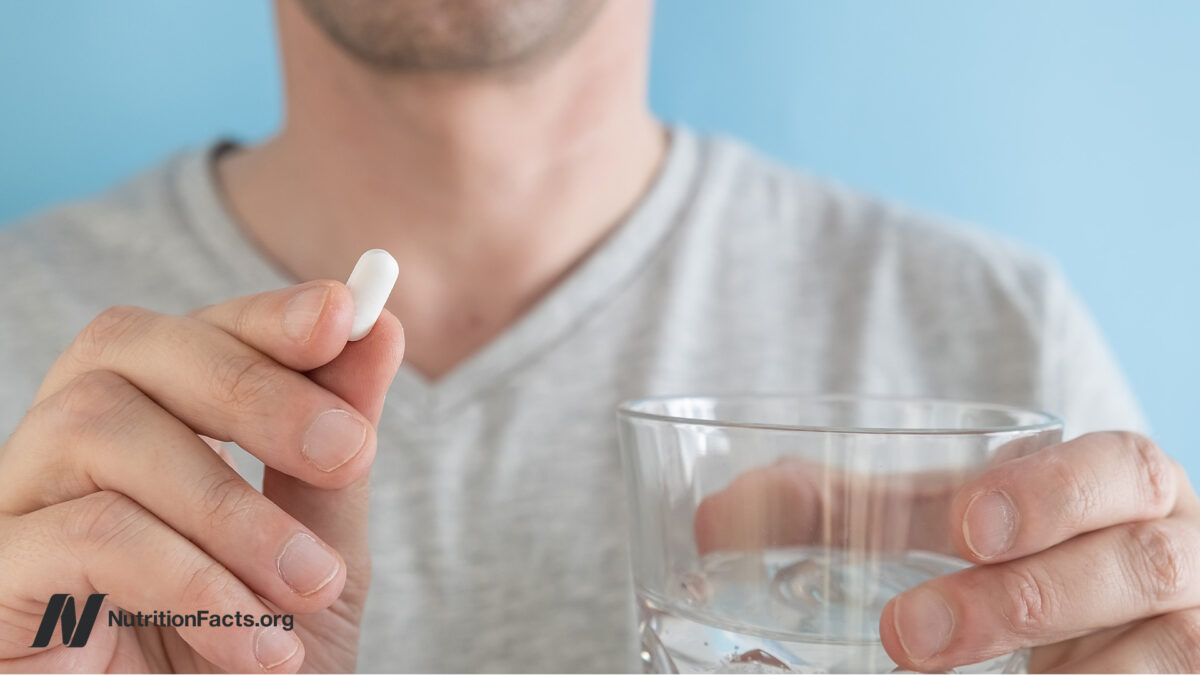Don't Feel Bad If You Can't Squirt (But Here's How You Can Try)
When you Google “squirting,” the results are a mixed bag. There are articles proclaiming that they can teach you how to do it, along with forums and blog posts questioning if it’s even real. And, of course, there is...
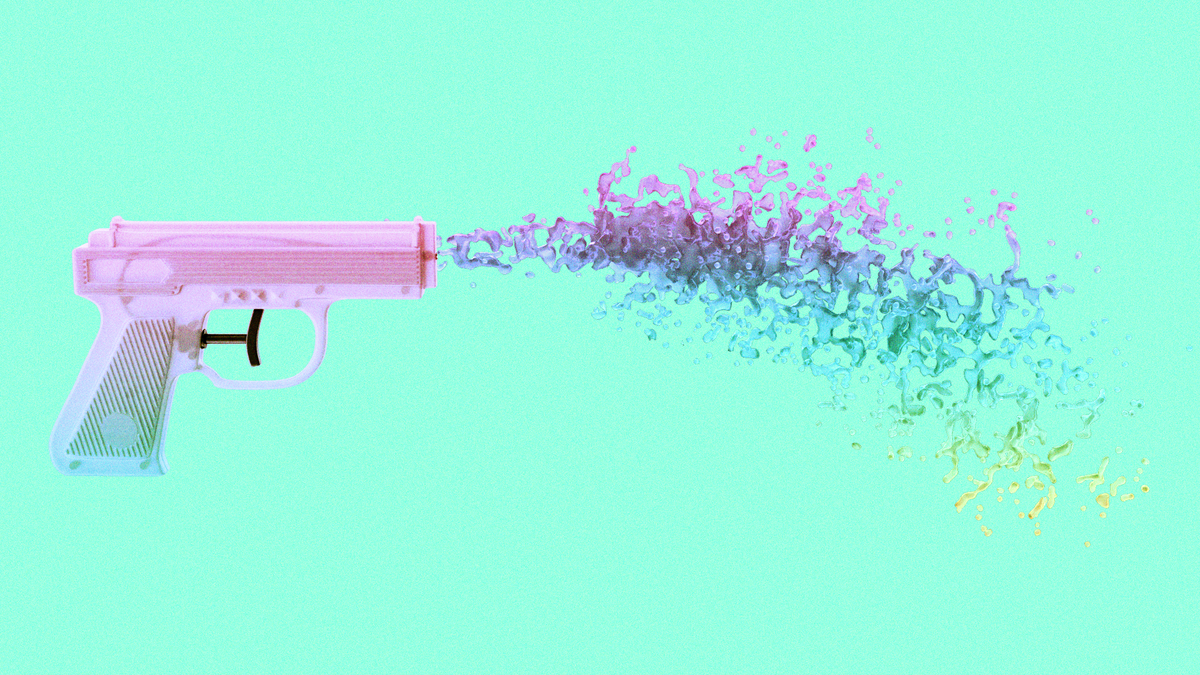
When you Google “squirting,” the results are a mixed bag. There are articles proclaiming that they can teach you how to do it, along with forums and blog posts questioning if it’s even real. And, of course, there is porn—so much porn.
WebMD, that website we all know and love for helping us falsely self-diagnose a terminal illness whenever we get a tummy ache, breaks down squirting like this: “Squirting refers to fluid expelled from the vagina during orgasm. Not all people with vaginas squirt during orgasm, and those who do may only squirt some of the time. This type of orgasm includes a rapid ejection of urine from the bladder.”
Based on that (and all the porn), we know squirting can happen—even if WebMD is right that it’s just pee (though many experts disagree about the pee thing—more on that in a moment). Here’s how you can attempt it, or find inner peace if you can’t make it work.
What is squirting?
“Squirting is real for vagina owners,” asserted Matt Lachman, a certified sex therapist and owner of Cleveland Sex Therapy. “The debate among the sex therapy world and the medical field, too, is pretty intense when it comes to squirting. It’s not urine, but it’s also not the fluid that gets released when a vagina lubricates itself.”
He explained that the fluid—whatever it is—comes from the Skene’s glands located on either side of the urethra in someone assigned female at birth. Still, he added, “what the fluid is, exactly, is still really unknown.”
Sari Cooper, a certified sex therapist and directer of the Center for Love and Sex, expanded on what is known about the fluid, telling Lifehacker that while the fluid is expelled through the urethra, researchers have found it is “significantly different from urine.”
“Basically, the ejaculate contains high levels of prostatic acid phosphatase, prostatic specific antigen, glucose, and fructose, but low levels of urea and creatinine,” or the “opposite” of healthy urine, she said. So, we know it’s not pee, but there is still debate on what the purpose of the fluid is.
That might not be comforting to hear if you’re earnestly endeavoring to squirt. Lachman says, though, that the focus should be less on how you can squirt and more on why you want to.
How does porn and America’s wacky sex ed fit in?
“When we look at people who identify as female vagina owners, they feel like they can have this pressure in a relationship, [like], ‘Why am I not squirting? Should I be squirting?’” Lachman explained. “And I think the real question is looking at what is the point of putting a lot of pressure on someone to squirt?”
He said that American sex ed is “very, very poor” (which is quite true), and students here never learn about the importance of pleasure in sex. As a result, we turn to porn or prioritize the “performance” of sex above any pleasurable experience. Squirting, a visual representation of an orgasm, is essentially a performance that signals the end goal of the encounter has been achieved. Penetrating partners can feel a sense of accomplishment when they see their partner orgasm. This puts pressure on both parties and takes the focus away from enjoyment and intimacy. At best, it’s a distraction; at worst, it’s an anxiety-inducing nightmare.
Lachman warned that penetrating partners shouldn’t consider it their “job” to pleasure their partner, and receiving partners shouldn’t consider it theirs to put on a show. He said to ask yourself, “Why the hell am I focusing so much on giving my partner something instead of just focusing on us achieving pleasures together?”
Of course, that’s easier said than done. He sees clients who share that their boyfriend or partner is requesting that they squirt. One also might feel pressure to compete with porn, or past partners who do squirt. It can be frustrating not to achieve squirting, which is bizarre when you consider that researchers don’t even know what the bodily function of squirting even is.
Moreover, Cooper even said that those who do squirt don’t always love it. “In my experience, women who do ejaculate feel tremendous self-consciousness about it and find it a turn-off to themselves even if their partner isn’t bothered by it or is actually turned on by it,” she said. All this hype for something that many squirters wish they weren’t even able to do.
Okay, so what is the best way to try squirting?
You may never be able to squirt or help your partner to do it, which is totally fine and normal. The best chance you have, though, requires two things: The partner with the vagina has to be relaxed, and their G-spot needs to be stimulated.
Relaxing under pressure to perform is hard, which is the big paradox here. Be open with your partner about this endeavor. Have honest conversations and, if you’re the penetrating partner, be clear that you will not be disappointed if the other person doesn’t do it. Communicate through the whole encounter, listen to each other, and, of course, use toys, fingers, or a penis to stimulate the G-spot from the inside. Practice makes perfect, and at least this can be fun to practice, right?
“One can practice stimulating their G-spot (which is a spongy prostate on the anterior side of their vagina about ½-1” above the entry) in a come-here motion with two fingers, or use a sex toy that is specifically created for G-spot stimulation,” said Cooper, who added, “The sensation is different from the arousal experienced with clitoral stimulation, so it’s important to be mindfully breathing to remain in one’s body without worrying about a specific outcome.”
Don’t be upset if there’s no squirting
If you try and it doesn’t work, don’t be discouraged, embarrassed, or upset. There is a whole world of fun stuff to do in the bedroom. This is just one thing.
“At the end of the day, sex is for pleasure and enjoyment, and what I tell my clients is, ‘Focus on your enjoyment, focus on what turns you on, and talk to your partner about that,’” Lachman said. “So the conversation would be, ‘Let’s not focus on trying to reach a goal. Let’s not even focus on trying to attain an orgasm. Let’s just focus on feeling good.’ And whether it’s visual or auditory or kinesthetic, then I think squirting will be the least of anyone’s concerns.”
If your partner is making you feel bad about not squirting, be honest with them. Say that some bodies do it and some bodies don’t, and they’re not only hurting the chances that you ever will by stressing you out, but also hurting your feelings overall. If they keep pressuring or disparaging you, you can leave. You don’t have to perform for anyone or force yourself to be anything you’re not. Your pleasure and comfort are important, and no one has the right to make you feel bad about your body, sexuality, or yourself. There are loads of people out there who won’t care if you’re not a squirter and will prioritize your pleasure.
“Too many people approach sex like a competitive sport, which leaves them feeling embarrassed, shame, and devoid of pleasure. Female ejaculation is something some women can learn how to do while others may not be able to do this. Enjoy experimenting while being fully present [with] what you do enjoy,” suggested Cooper, who coined the term “Sex Esteem” to empower and educate people through talks and workshops.
And you know what? If you can’t squirt, at least you can be grateful for less to clean up.

 AbJimroe
AbJimroe 







